Many words hold significance to us - whether that be positive or negative. Being able to recognise and repeat particular words (Hot Buttons), used by your conversing partner can assist when building and maintaining rapport, and reduces the risk of alienating the recipient or causing conflict.
Hi it’s Fliss, welcome to this latest insight into language and communications mastery.
Today I would like to talk to you about Hot Buttons.
Now a Hot Button is primarily referred to within the neurolinguistics programming (the NLP) world, but we do touch on Hot buttons in psycholinguistics too.
It’s a really useful way of recognising when a word, or sometimes a phrase, has significant emotional connection attached to it. You need to respect a Hot Button and you need to choose how you are going to act around it, because you will either build rapport, keep rapport, or break rapport. And remember rapport is the state in which we are primed to progress some form of relationship together, whether that transactional from a sales perspective or ongoing from a customer journey perspective.
So Hot Button is a phrase that carries some baggage with it, positive or negative actually and we need to reflect that back exactly as it has been said and shared with us. No synonyms, no paraphrasing, otherwise you run the risk of incredibly alienating someone and really riling them.
For example, if I said to you..."I’m hugely frustrated about how this project is progressing", and you reflected back to me... "I’m so sorry you’re not happy, what can I do about that?" - I’m not going to feel that you have heard me because I didn’t say that I 'wasn’t happy', I said I 'was frustrated'. And to me, they mean something very different. They may mean exactly the same thing to you, but remember - this is not about you, its all about me as the customer or as the recipient in the communication relationship.
Now, for the positive, I might say to you..." I absolutely love it" - 'love' would be that Hot Button. But if you came back and said ..."You adore it, that’s fantastic!" - I don’t adore it, I love it. Can you see where we are going here?
So, it’s a very simple exercise and it can be something that can be applied immediately and across all of your communication relationships.
Recognise first, the Hot Button, respect it, and then choose whether you are going to build rapport, maintain rapport, or break rapport by whether you use it. There are times when you may choose to deliberately break rapport and that can be quite useful to not reflect someone’s Hot Button - but we can cover that in a future issue.
Do follow #ZenCommsMaster for more Insights, and i'll speak to you soon, thanks so much.

Meet the Author
As one of the UK's leading experts in the applied psychology of language, Fliss has helped Boards, leadership teams, and c-suite executives from across the world to communicate with influence, integrity, and impact. A psycholinguist, voice dialogue, and NLP Practitioner, Fliss is also trained in influence and persuasion, and behavioural psychology, and is a certified empowerment coach and trainer. Fliss heads-up The Ultimate Advantage, a dedicated language and communications mastery coaching and training consultancy, as well as Zen Communications, a successful PR and content agency. She regularly speaks on all aspects of compelling communication and is a popular podcast guest.
If you loved this then give it a share!


Download our guide to learn the five secrets to compelling communications.



